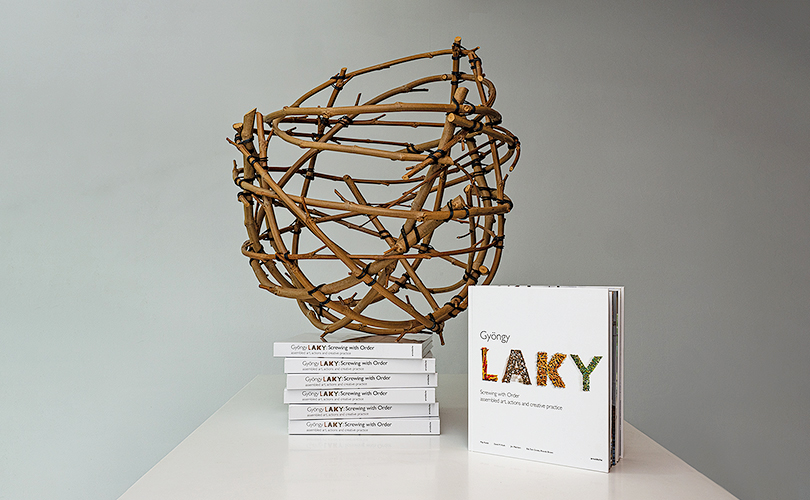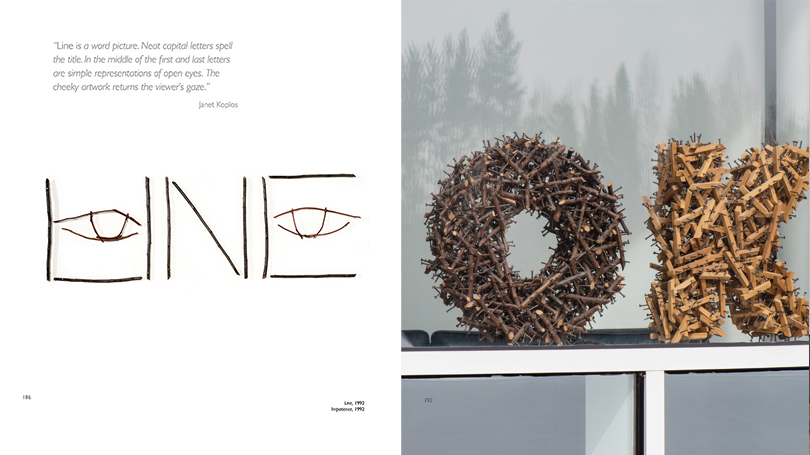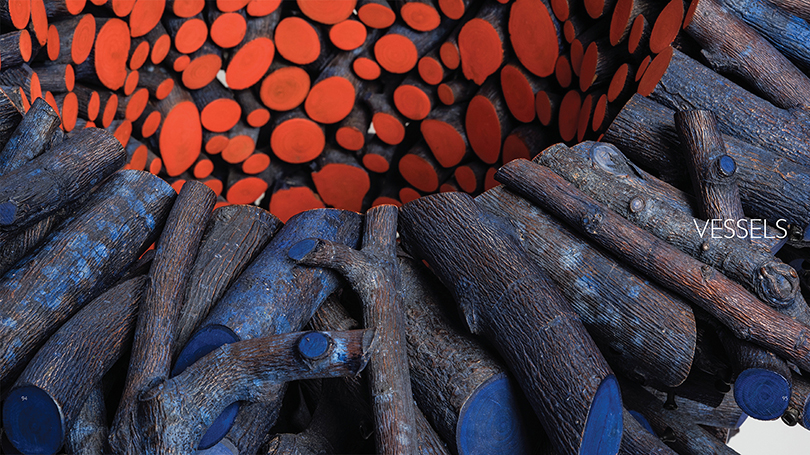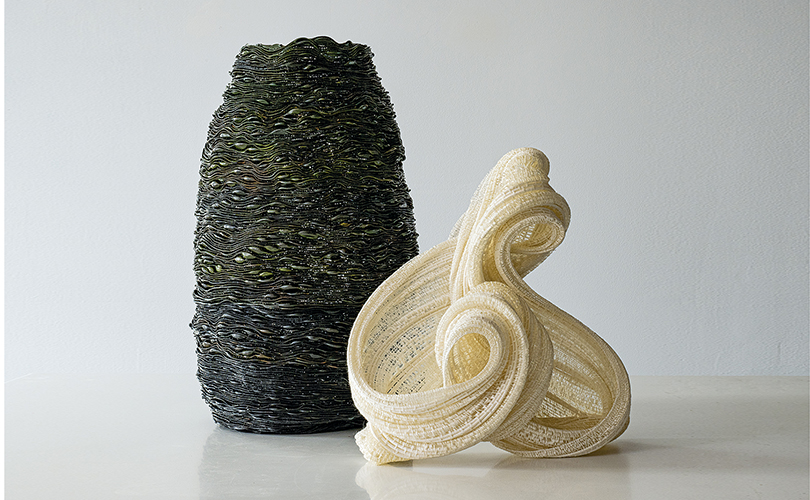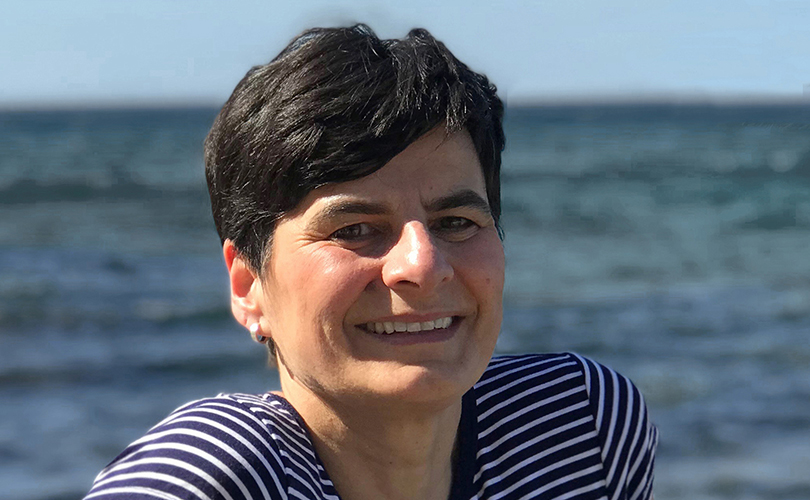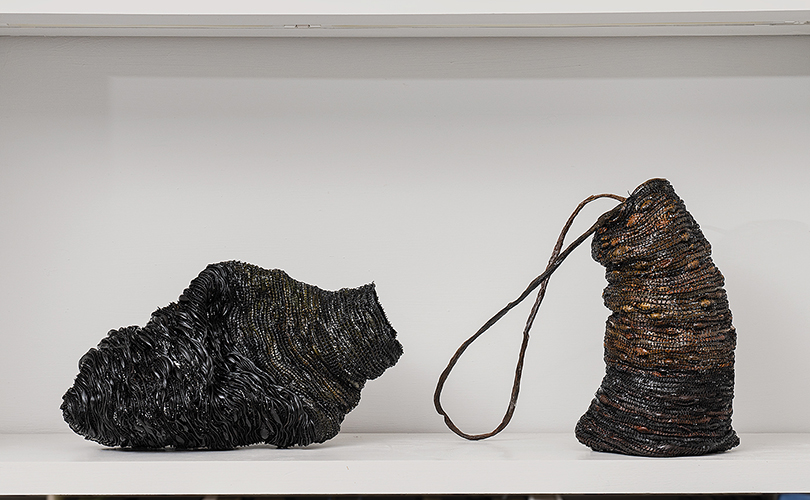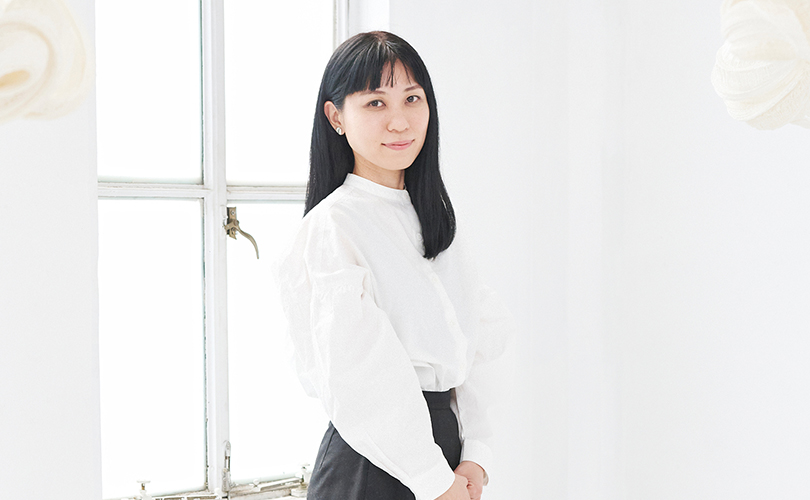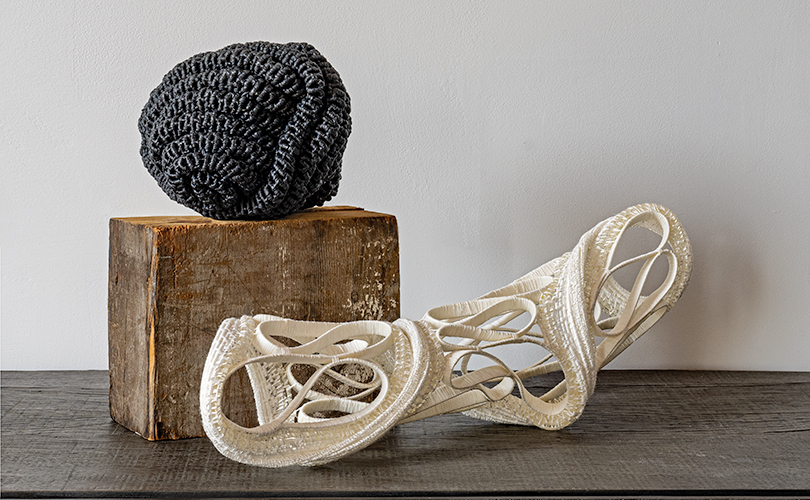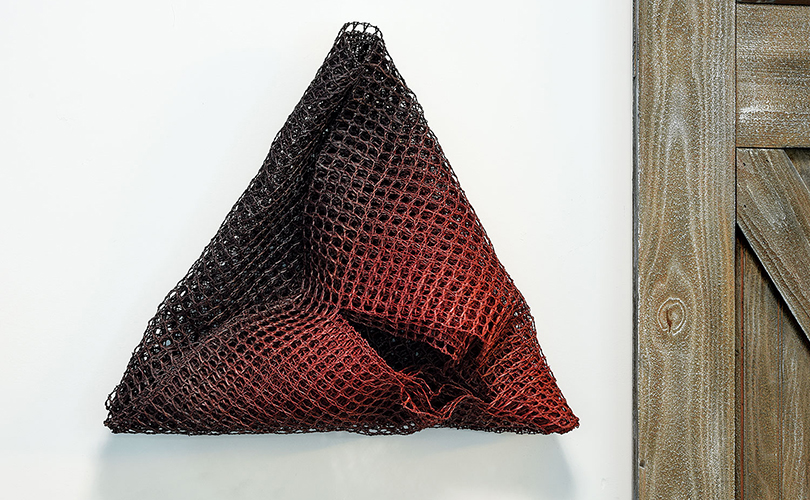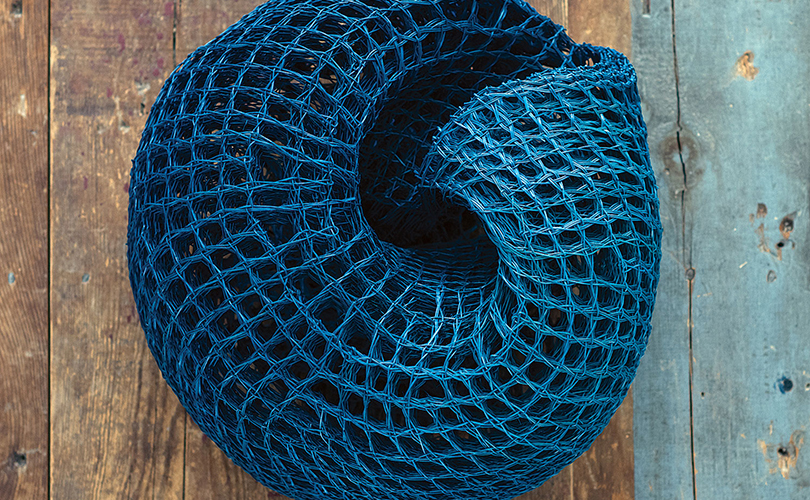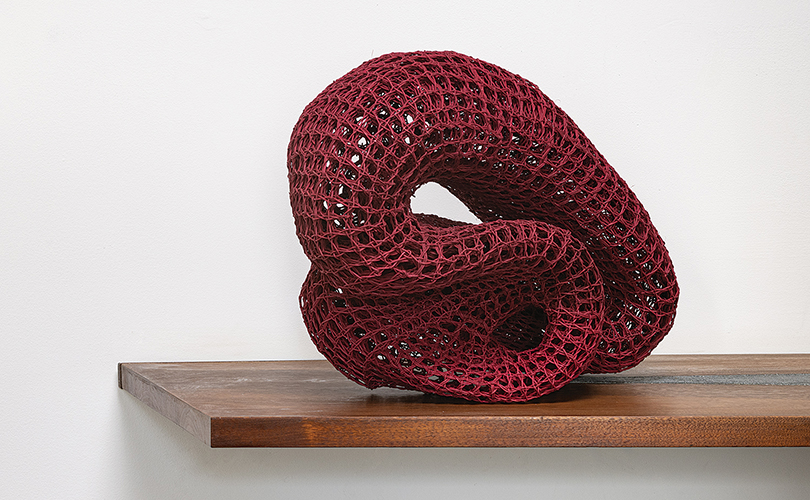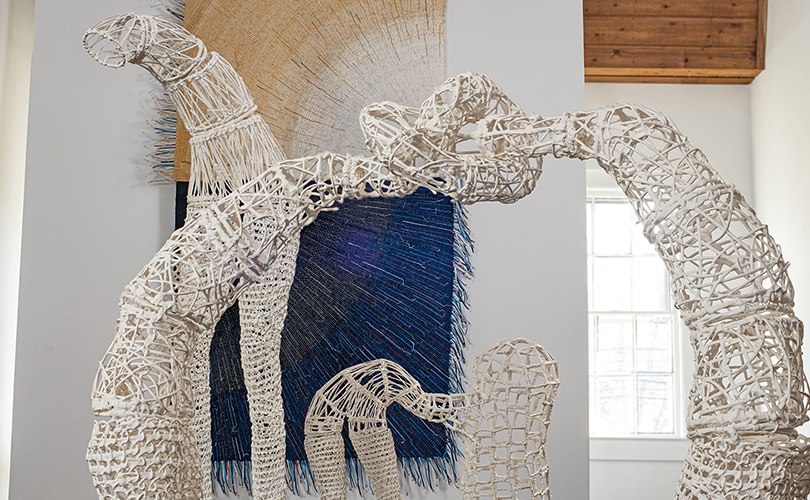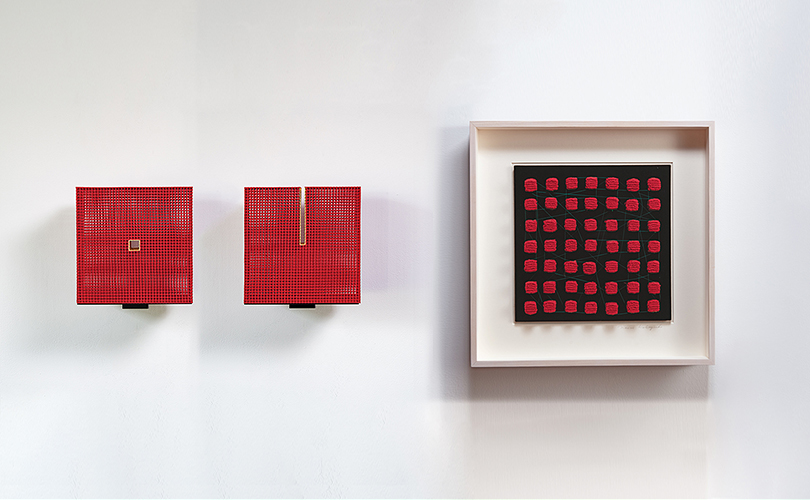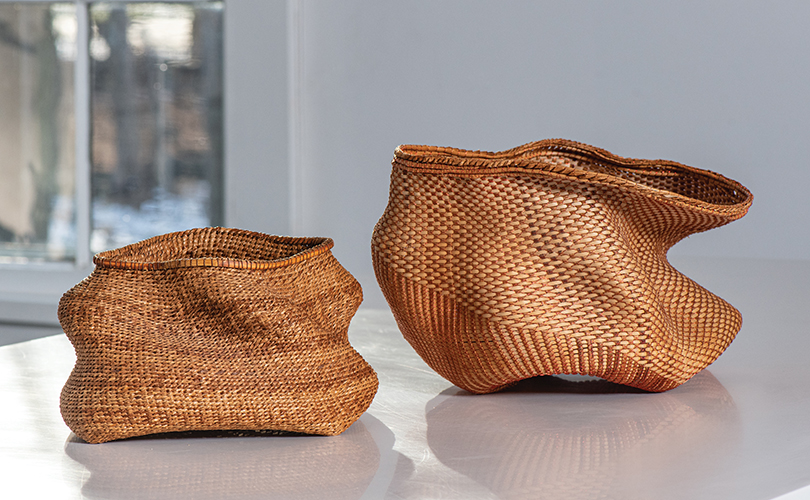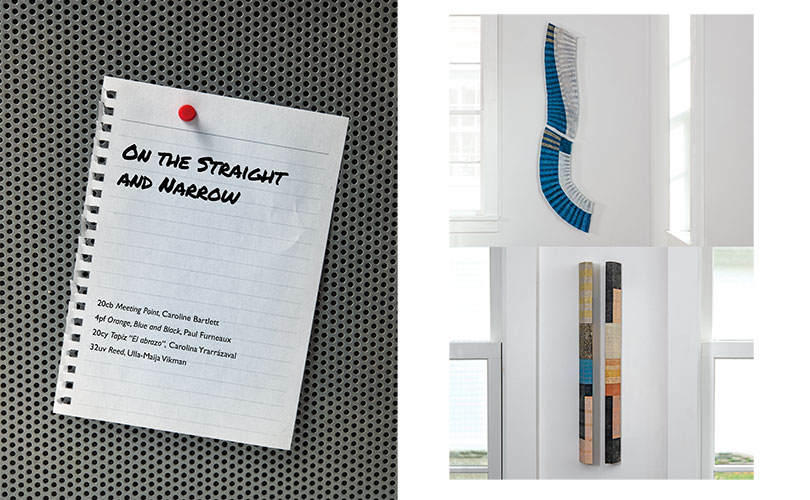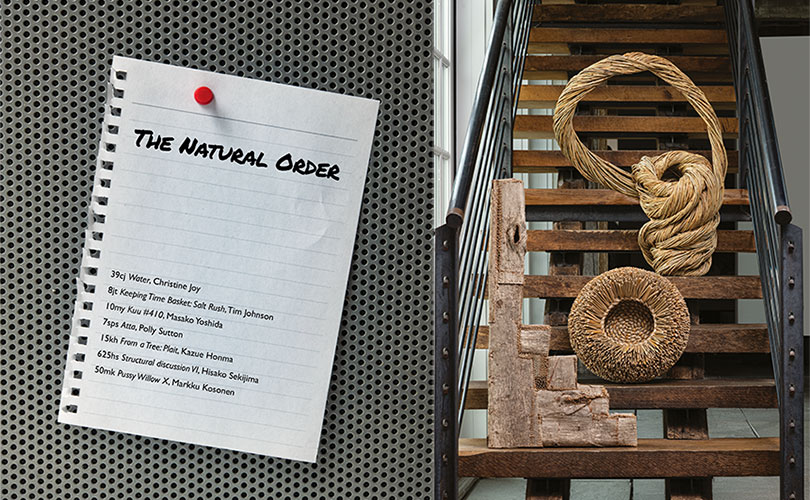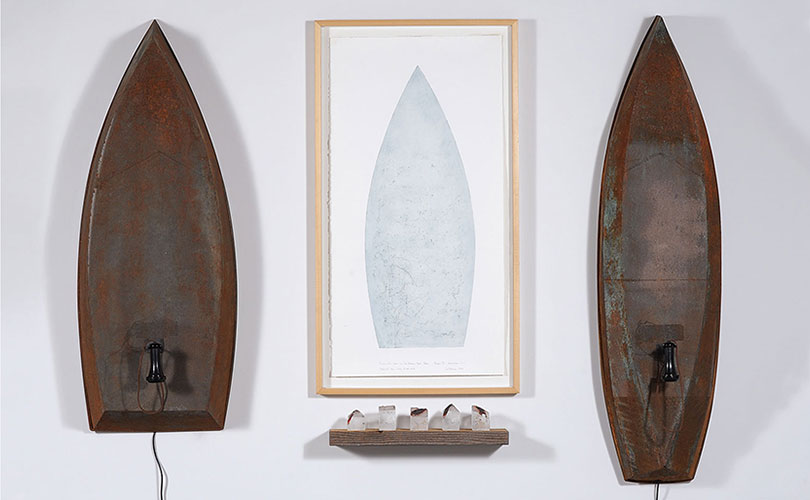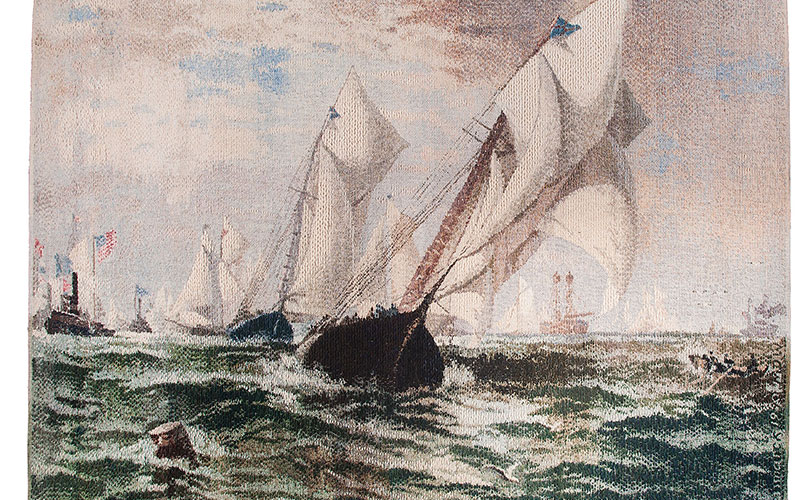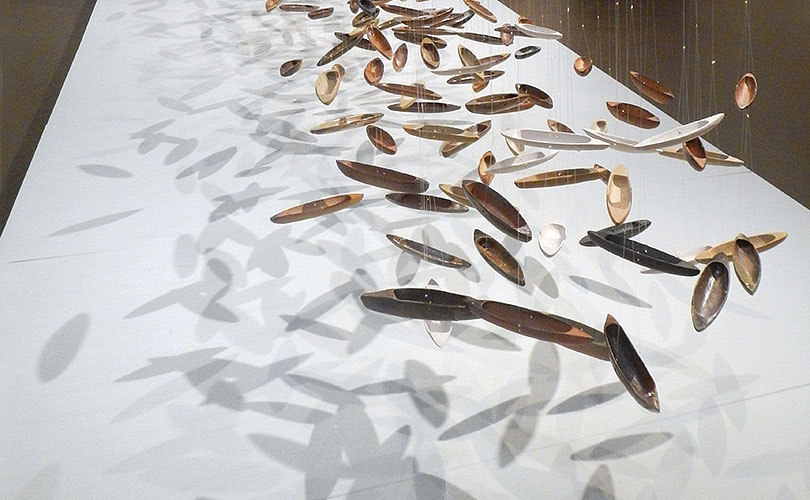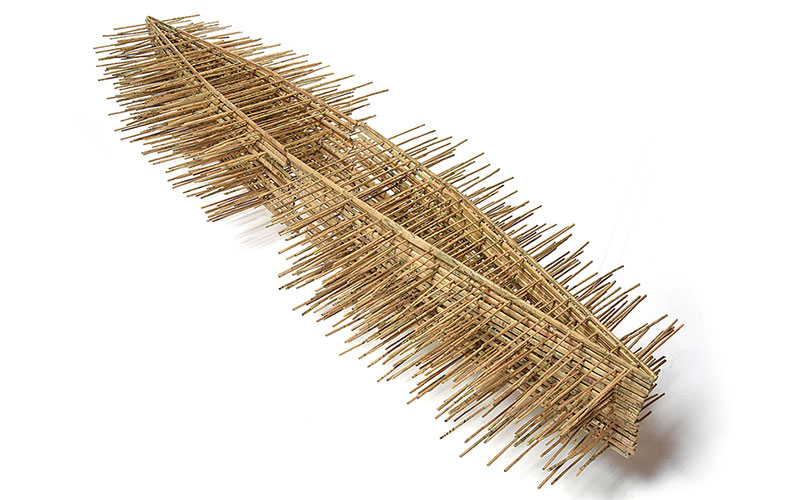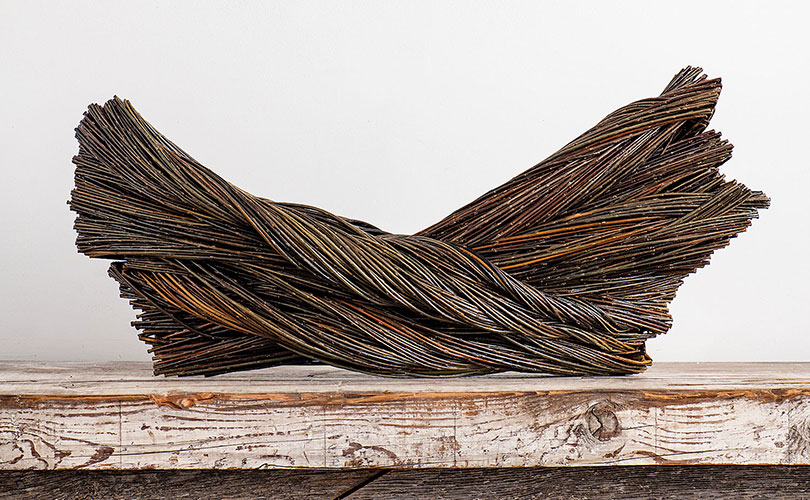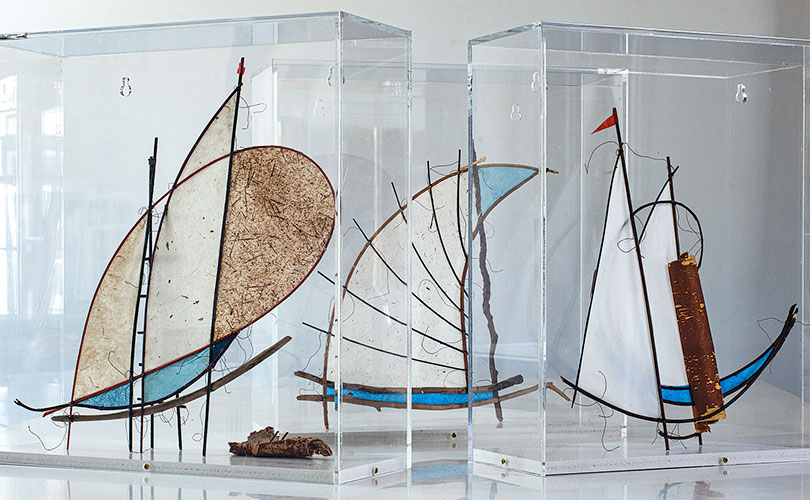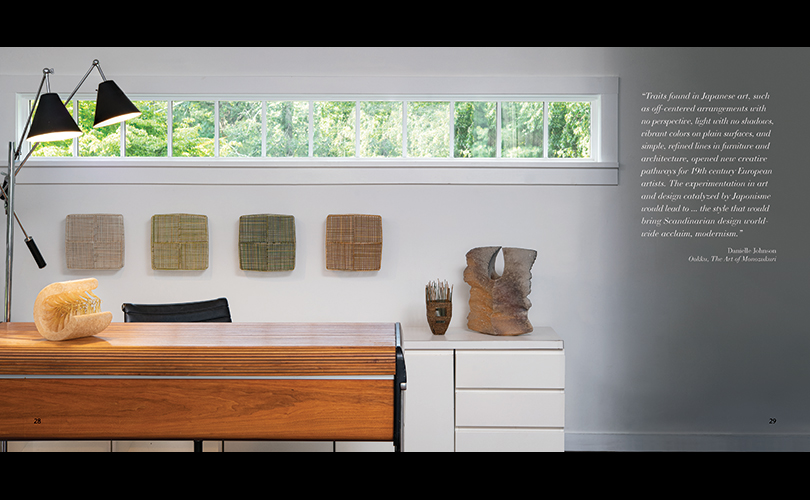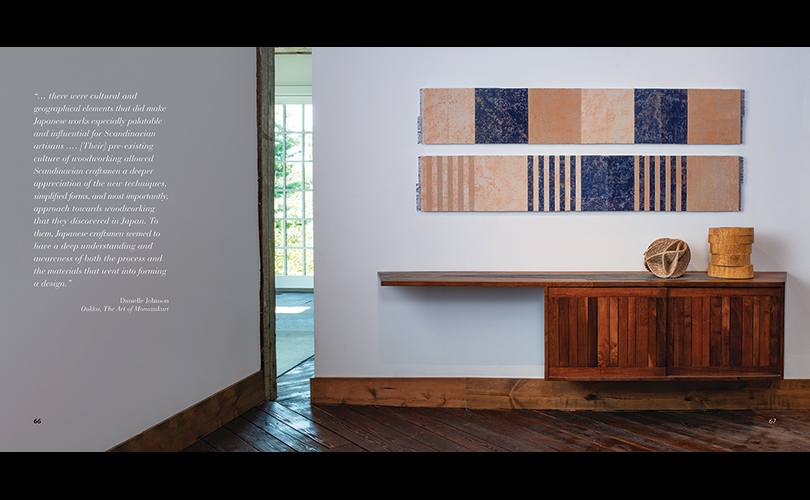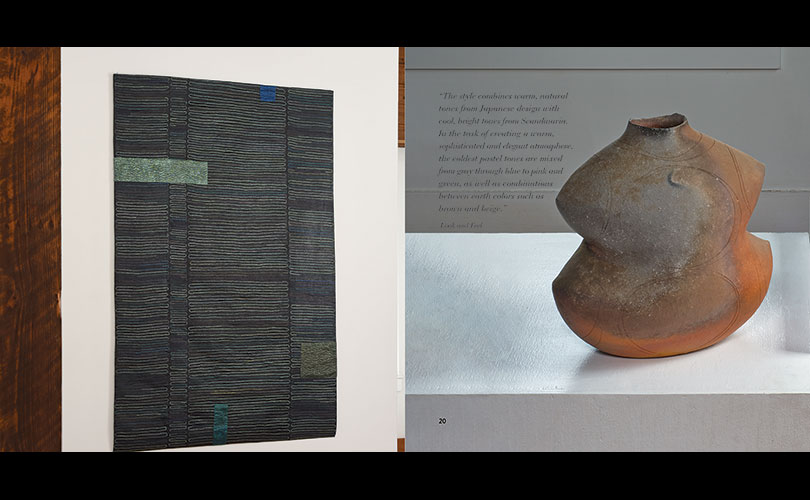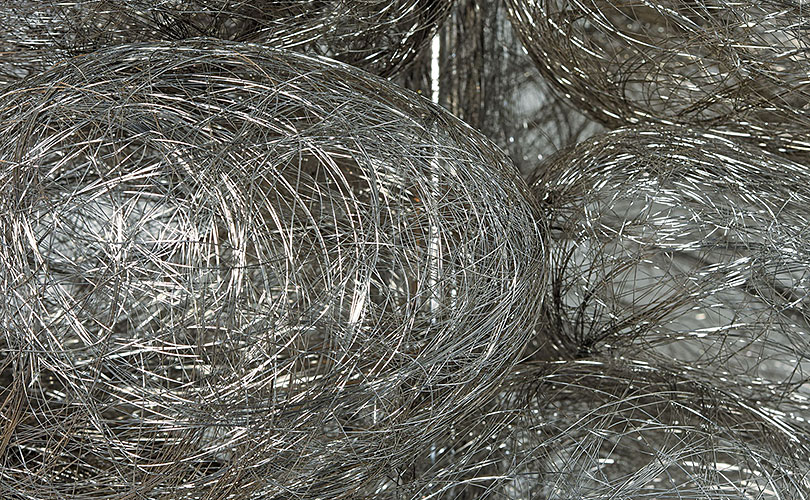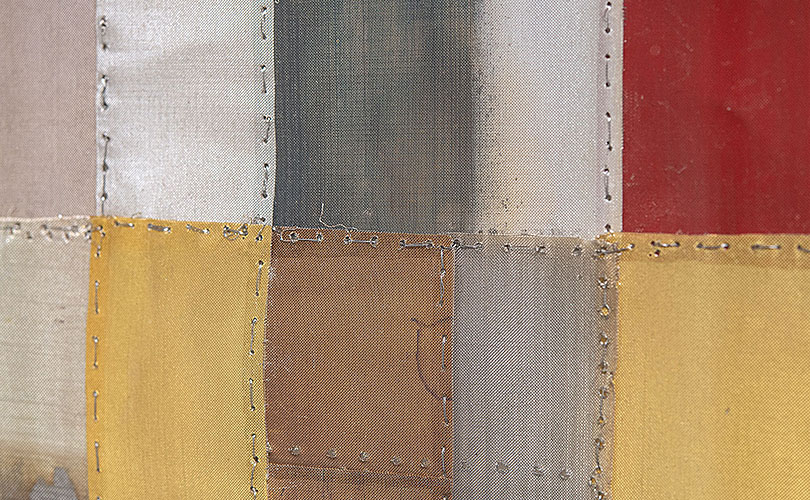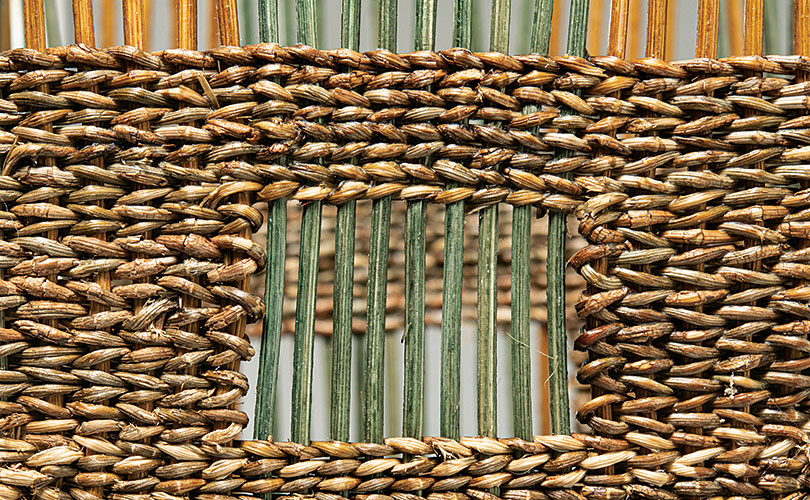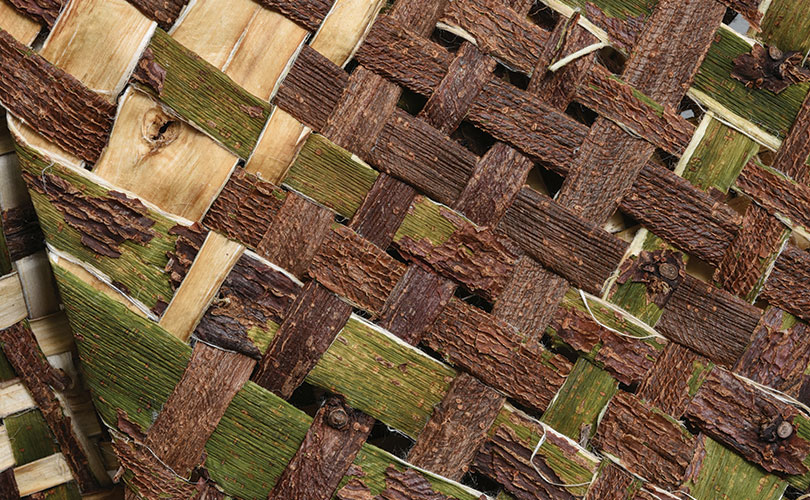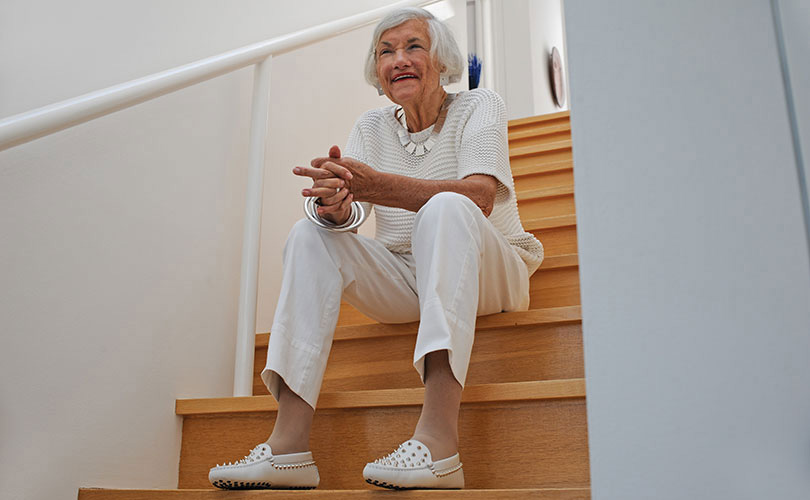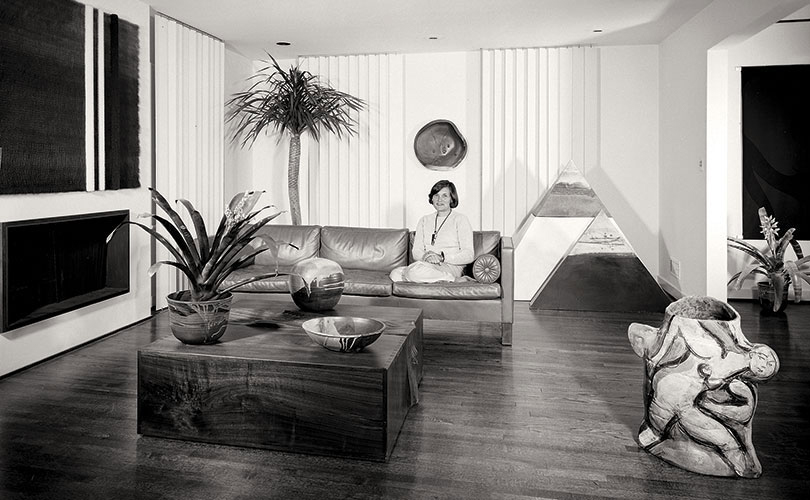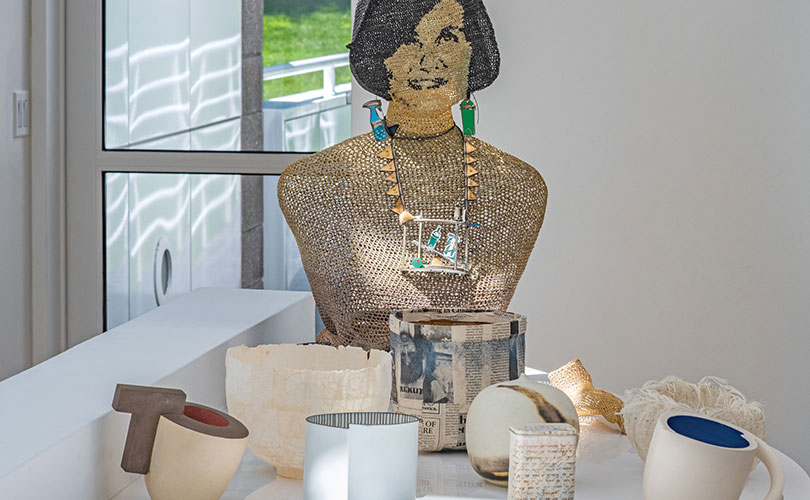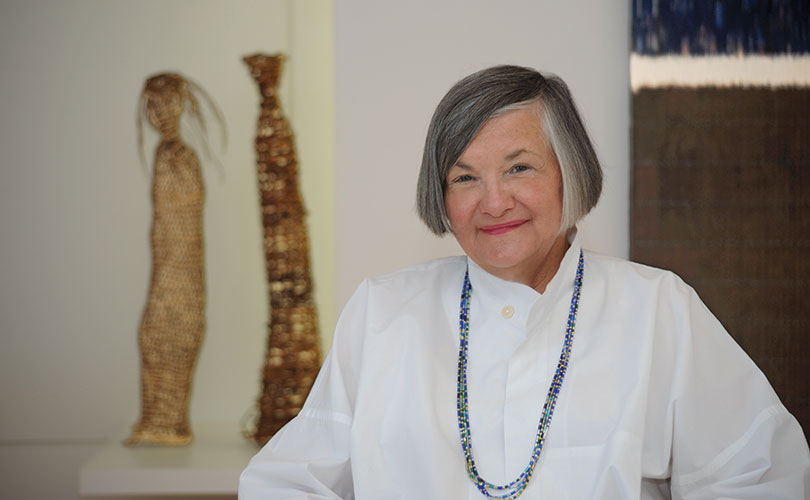We kicked off the beginning of summer in true browngrotta arts style – with lots of creativity and outstanding art. Throughout the month we introduced our followers to a wide variety of new art from impressive artists, including: Jeannet Leendertse, Toshio Sekiji, Judy Mulford, and Rachel Max. Curious what these artists are bringing to the table this summer? Read on for the full scoop.
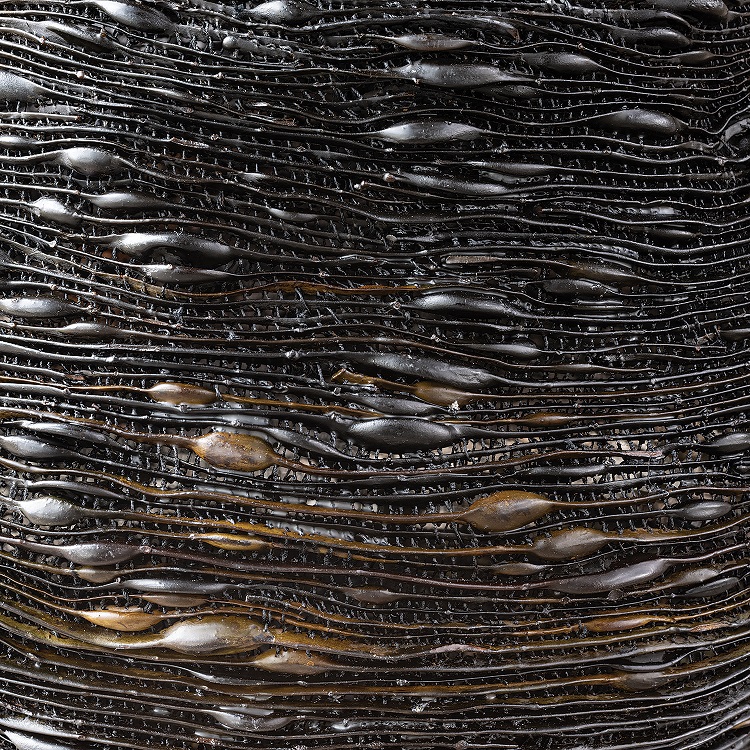
This complex and detailed art comes from talented Dutch fiber artist, Jeannet Leendertse. Having grown up on the Dutch shore and migrating to the rugged coast of Maine in the states – her fiber work often finds sculptural form in landscapes she’s familiar with.
She often explores the concept of belonging in her work by incorporating work that feels like home within the marine environment that surrounds her.
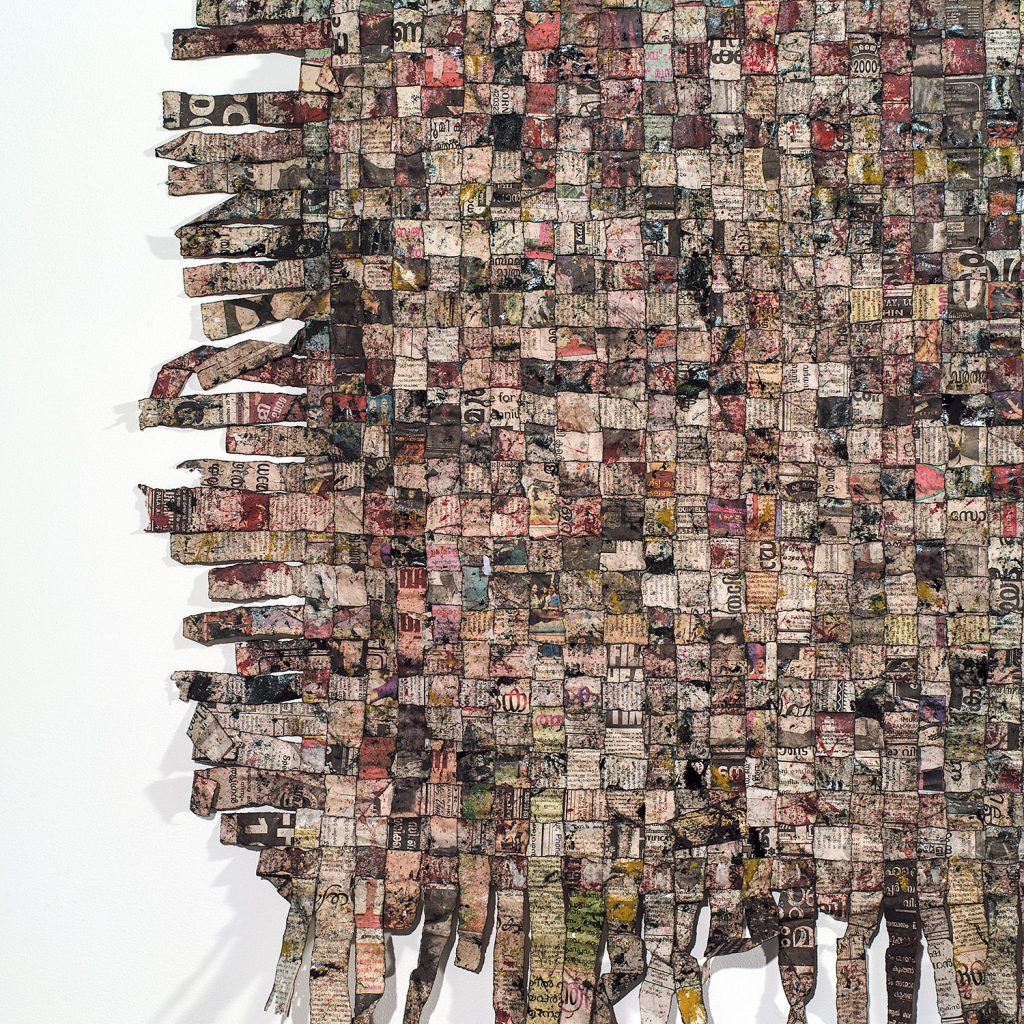
Up next we have art from internationally acclaimed Japanese artist, Toshio Sekiji. When creating pieces like Subcontinent, Sekiji often explores and merges cultures in his art, telling new stories atop of the old. His technique makes for pieces that are both contemporary and nostalgic.
Sekiji’s works are often made of lacquered newspapers from Japan, India, Korea and the US and are exemplary of the traditional Japanese aesthetic wabi-sabi, a world view centered on the acceptance of transience and imperfection.
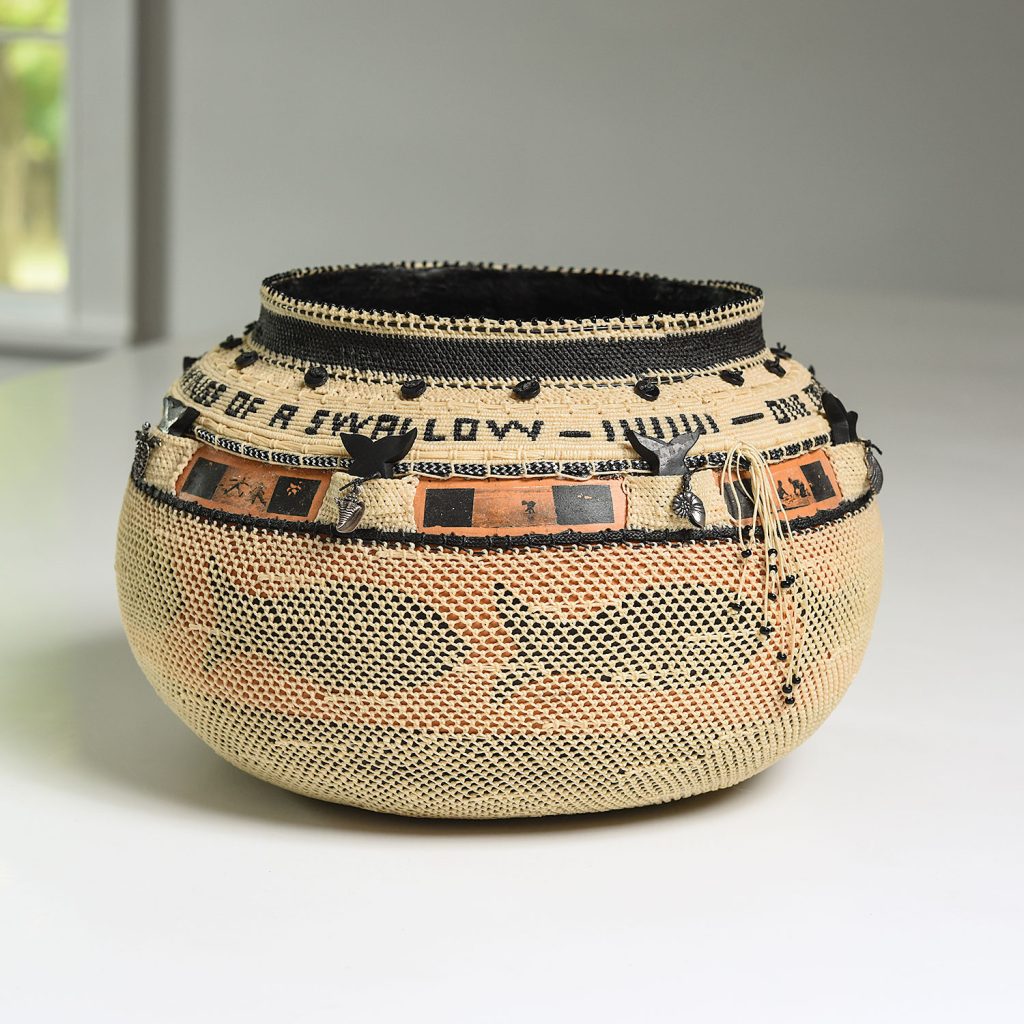
A Day at the Beach comes from Californian artist, Judy Mulford. Mulford created groundbreaking art for over 50 years. She is known in the art world for complex creations that celebrate women and the family. When asked about her art and inspirations, Mulford said:
“My art honors and celebrates the family,” said Judy Mulford. “It is autobiographical, personal, narrative, and a scrapbook of my life. Each piece I create becomes a container of conscious and unconscious thoughts and feelings: a nest, a womb, a secret, a surprise, or a giggle.”
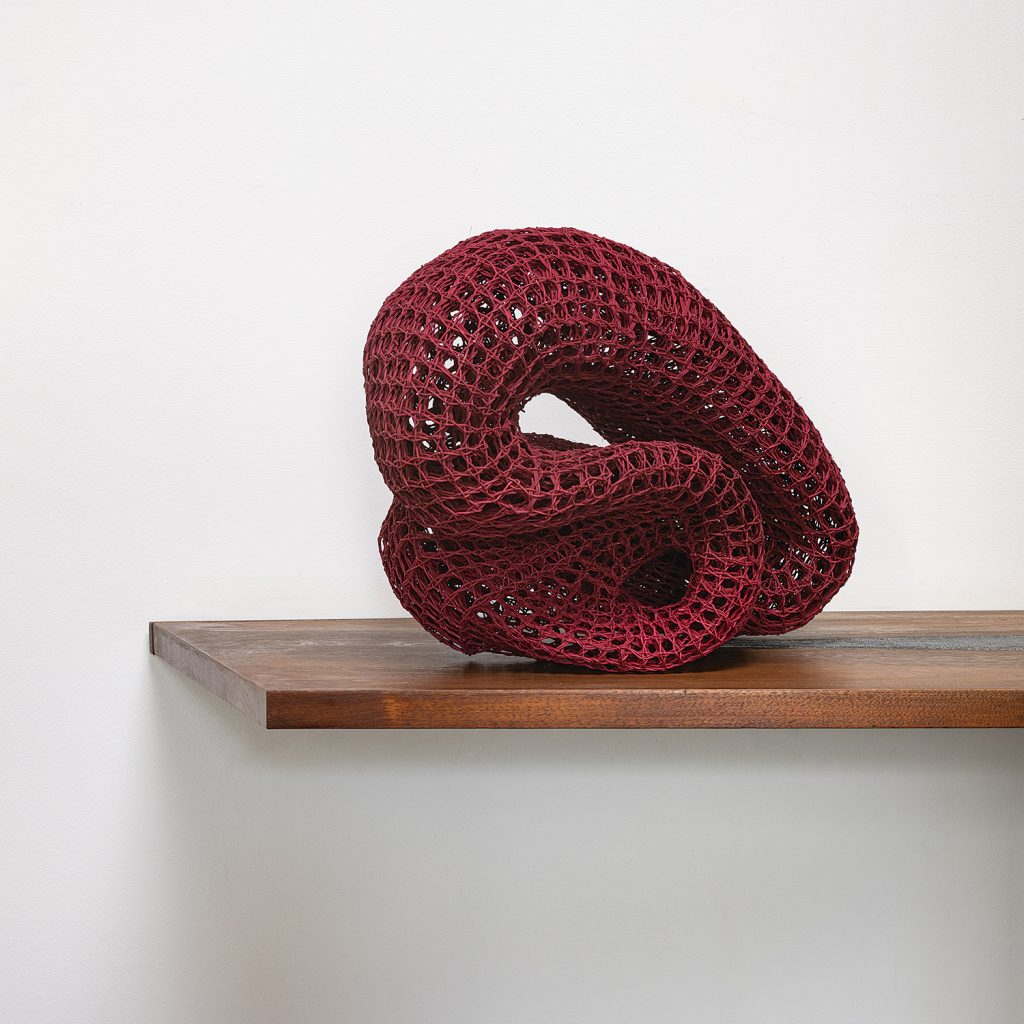
Last, but not least, we have art from esteemed artist and sculptural basketmaker, Rachel Max. Max created Balance during the height of the pandemic for our Crowdsourcing exhibition. When creating this piece, Max discussed how she aimed to have her artwork reflect on the new found spatial awareness and of “sense touch” throughout society as the air between us and the surfaces we touch became dangerous.
“My aim was to distort the form, but still create something that is both finite and infinite,” said Rachel Max. “It’s rare that the title of a piece comes to me during the making process but as I was weaving this I became aware of its changing weight and stability, forcing me to rethink how I originally intended it to be seen. It became a subconscious reflection on the world we are in now: everything seems to be in the balance.”
If you enjoyed this series – there will be no shortage of new art that we’re bringing into our fold this summer. Be sure to follow along to see what other artwork and projects we will be launching!

